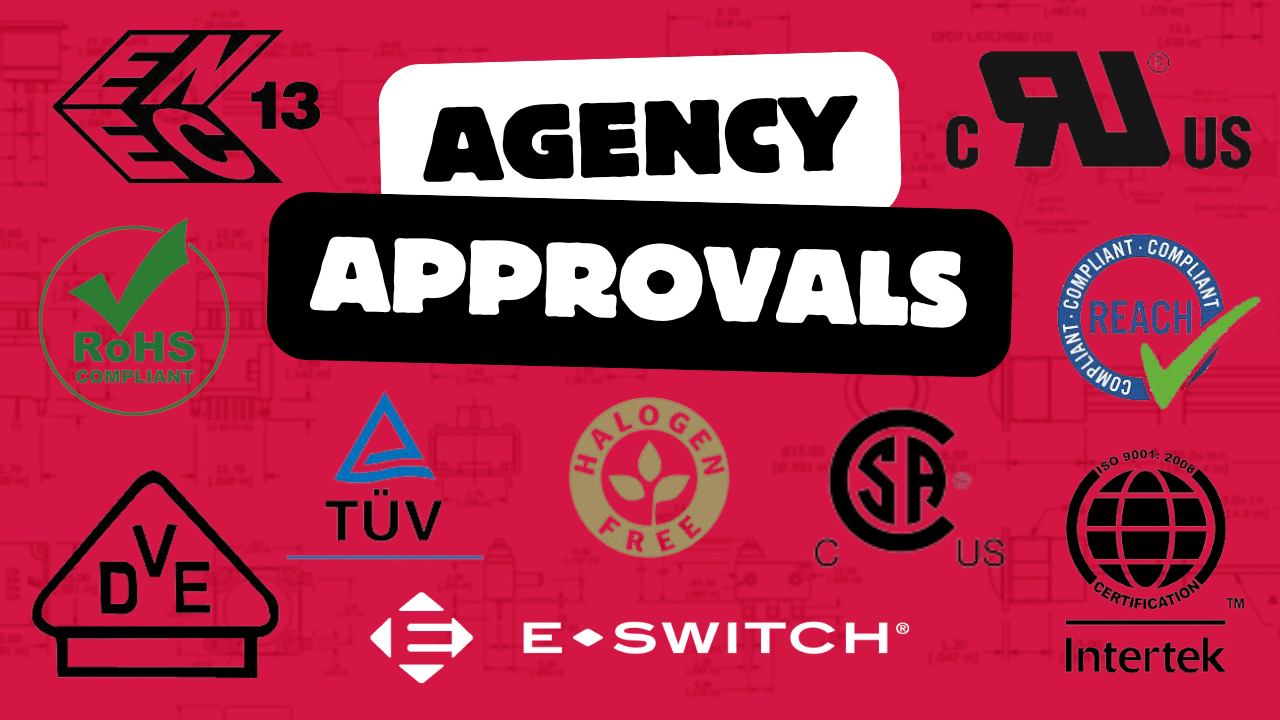What are agency approvals and the various certification agencies for electromechanical switches? E-Switch provides several required certifications on all product series, such as UL and CSA listings. Let’s explore the various agency approvals and certification agencies, what they mean and what they apply to.
What are Agency Approvals? Certification Agencies
UL Listings
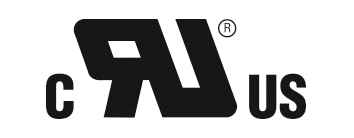
cURus (cULus) is an approval from the UL, also named “UL recognized.” This is the North American agency.
“UL” (Underwriters Laboratories) is the name of the safety certification company, and they offer different certification types and levels. The UL certification mark is one of the most highly recognized symbols, ensuring that a product is guaranteed to meet the safety and quality standards of products in the United States and Canada, making it highly competitive for the free movement of products in international markets.
Certified to ANSI / UL 1054:
This is the switch standard for the USA for UL recognized component switches designed for low voltage (below 600V) appliances. This standard will be completely replaced by UL 61058-1 in 2015. This will get the “UR mark” or if combined with a Canada approval, the “cURus Mark.”
Certified to IEC / UL 61058-1:
This is the new internationally harmonized switch standard for the USA for components designed for low voltage (below 480V) appliances. This will get the “UR Mark” or if combined with a Canada approval, the “cURus Mark”.
CSA Listings
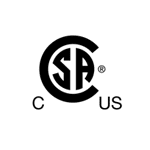
CSA certification, issued by the Canadian Standards Association, is a mark of quality and safety. CSA tests according to Canadian or U.S. standards, as well as the standards of Underwriters’ Laboratories (UL), American National Standards Institute (ANSI), and NSF International.
Certified to CAN / CSA C22.2 No. 55:
This is the switch standard for Canada designed to go into other low voltage (below 600V) appliances. This standard is equivalent to the CSA mark. This receives the “cUR Mark” or if combined with a USA approval, the “cURus Mark.”
Certified to CAN / CSA C22.2 No. 14:
This is the industrial control equipment standard for Canada. It is equivalent to the CSA Mark. It will receive the “cUR Mark” or if combined with a USA approval, the “cURus Mark.”
Certified to CAN / CSA C22.2 No. 61058-1:
This is the industrial control equipment standard for Canada. It is equivalent to the CSA Mark. It will receive the “cUR Mark” or if combined with a USA approval, the “cURus Mark.”
Certified to ANSI / UL 508:
This is the industrial control equipment standard for the USA. It will receive the “UR Mark” or if combined with a Canada approval, the “cURus Mark.”
ENEC Certification
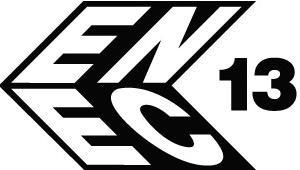
ENEC (European Norms Electrical Certification) is a European Mark for electrical products that demonstrate compliance with European safety standards.
VDE Certification
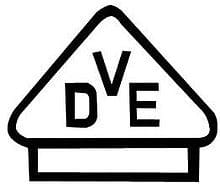
VDE (Verband der Elektrotechnik) is a German agency best known for creating and maintaining standards in the field of electric safety. VDE carries out standardization work, product testing and certification.
TUV Certification
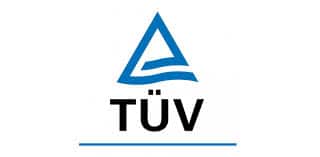
TUV (Technischer Überwachungsverein) is a worldwide agency. This is the international standard for switch components for low-voltage (below 480V) appliances. The certificate affirms the use for the European Economic Community. This will receive a “TUV” and/or “ENEC” mark.
What are Environmental Certification Agencies?
RoHS Compliant
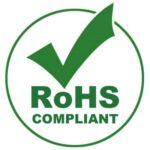
RoHS compliant means that a product meets the Restriction of Hazardous Substances Directive, a set of regulations that limits the use of hazardous materials in electrical and electronic equipment. All current E-Switch products comply with this standard.
Halogen Free
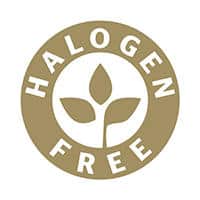
Halogen content, with regards to electromechanical switches, focuses on elements which have been commonly used in the production of electronics and plastics such as PVC and Teflon. They are salt-forming compounds which are highly reactive and have low melting points. For a switch to be classified as halogen-free, it must consist of:
- Bromine <900PPM
- Chlorine <900PPM
- Combined Total <1500PPM
REACH Compliant

Electromechanical switches are considered to be articles, which are defined as objects whose shape, surface and design are no more relevant than the chemical composition of the object. Switches are neither “intended to release substances above one ton or contain any of the SVHC substances.”
